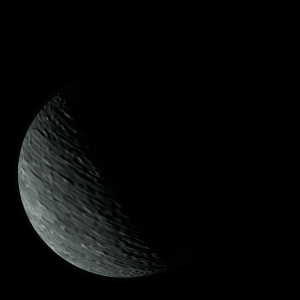|
|
Space Astro
|
Info for exoplanet "Ferara-calthee"
| Scientific (actual) data |
|---|
| Name | TOI-2567 b |
| Planet status | Confirmed |
| Planet mass | 0.201 |
| Radius | 0.975 |
| Orbital period | 5.98394 |
| Semi major axis | 0.0672 |
| Orbit eccentricity | 0 |
| Inclination | 88.3 |
| Discovered | 2022 |
| Updated | 2023-07-11 |
| Tzero tr | 2459010 |
| Impact parameter | 0.26 |
| K | 20.6 |
| Temperature (kelvin) | 1352 |
| Publication | Published in a refereed paper |
| Detection type | Primary Transit |
| Mass measurement type | Radial Velocity |
| Radius measurement type | Primary Transit |
| Star name | TOI-2567 |
| Right ascension | 288.47° |
| Declination | 66.35° |
| Star distance | 518.4 |
| Star radius | 1.83 |
| Star temperature | 5609 |
| Wikipedia article | TOI-2567 b |
Back
| |
| Fictional info (?) |
|---|
| Suggested name | Ferara-calthee |
| Planet type | Hot gas giant |
| As seen from TOI-2567, in a frame of reference that rotates with the orbital motion, it appears to rotate only once every two years.
A prominent result is the "great green spot", a giant storm that is known to have existed for centuries since it was first detected by scanner.
Wind speeds can reach 113 metres per second. |
| Atmosphere | Krypton | 45% |
| Carbonyl sulfide | 23% |
| Xenon | 13% |
| 2H2O | 9.4% |
| Hydrogen chloride | 4.8% |
| Argon | 4.1% |
| Carbon monoxide | 6.8E-5% |
| Atmospheric pressure | 70 bar |
 |
| No known satellites |
| Google search for Ferara-calthee |
|
Website by Joachim Michaelis
|
|
|
|